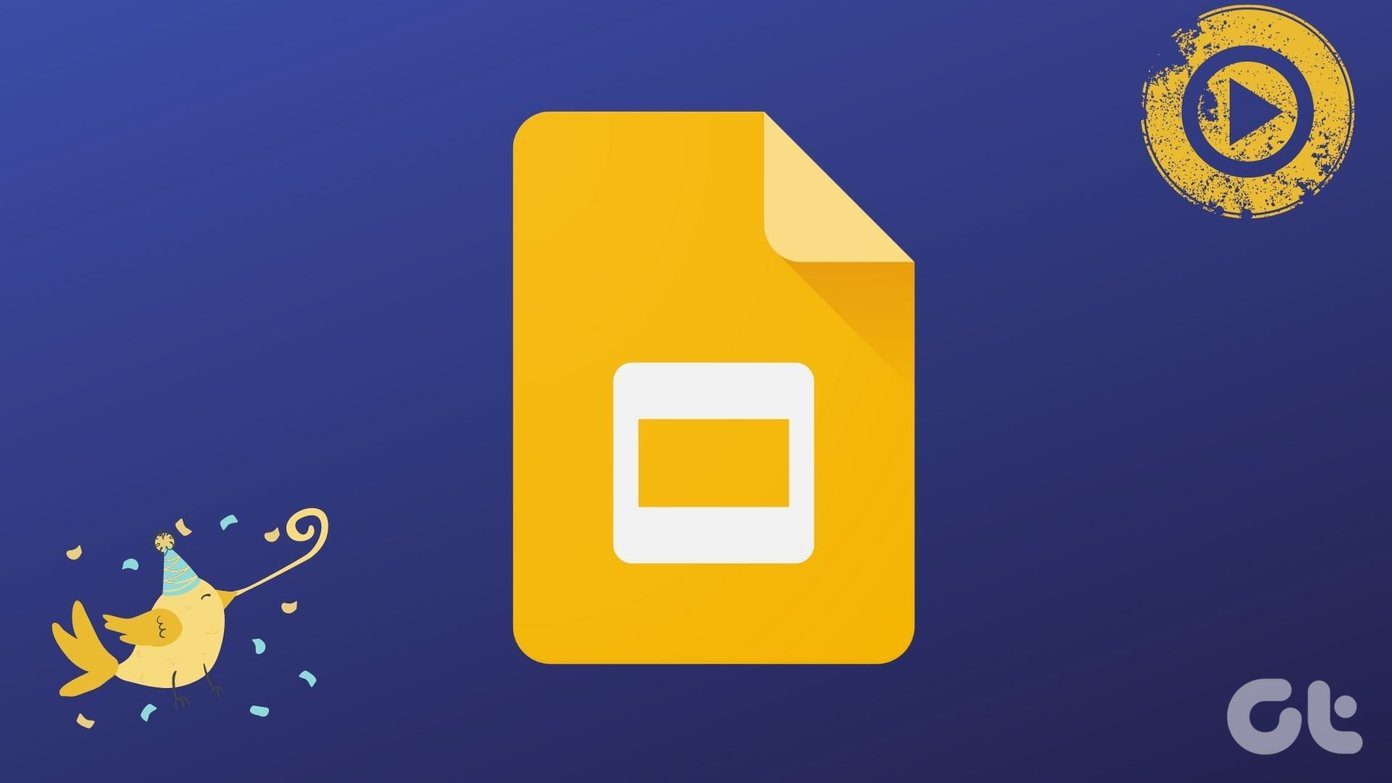These small tips will help you get more productive and save time in the process. That’s why I have covered the web as well as mobile app interface of the Google Docs app. Without further ado, let’s begin.
1. How to Add Outlines
Outlines make it easier to navigate long Google Docs files that run into several pages. First, you will enable the feature. Toggle Show document outline under View tab. You can also use keyboard shortcut Ctrl+Alt+A or Ctrl+Alt+H. You should now see a sidebar with an empty Outline option. Each heading that you create will appear here, giving you a nested overview of the Outline in real-time. In Google Docs mobile app, you will enable the outline feature from the menu and view it at the bottom of the screen. Note that you can still use a heading style and not insert it in the outline. Just click/tap on the cross icon next to the outline you want to remove.
2. How to Change Margins
Every Google Doc that you open or create has default or applied margins. If you’re not happy with the way things are, change it. Open Google Doc, and you should see a ruler with a light-blue down-facing triangle at either end of it. Simply drag it to the left or right direction for changing the margin. It is the margin that determines from where you will begin typing on the document. You can also define default margin values, so you don’t have to edit it every time you create a new doc. Select Page setup under the File menu to reveal a pop-up. You can set margins for all four sides of the document here and save it as default. Play around with values a little to get an idea of how much margin you need. There is no way to change margins in Google Docs mobile app right now. That maybe due to limited screen estate.
3. How to Delete a Page
You can add a new page in Google Docs by simply pressing the Ctrl+Enter keys irrespective of where you are on the current page. You can delete that blank page by pressing the keyboard shortcut Ctrl+Backspace. What if the page is not empty? Well, in that case, you will first delete all the text on that page and then delete the page itself. Press Ctrl+A to select everything on the page and press the Del key. Now you can delete the page as shared above. Unfortunately, there is no dedicated shortcut or button to delete pages that are full in Google Docs. You can delete a page on the mobile app using the same trick. Use backspace key.
4. How to Strike-Through
Again, there is no dedicated button for strike-through, or even em dash, as we have seen in other popular word processors and CMS editors like WordPress. However, there is a way. Select the text you want to strike-through. Open Text option under the Format menu, and you will see the Strike-through option. You can also do it using the Alt+Shift+5 keyboard option. Use the same shortcut to remove it.
5. How to Make Landscape
Google Docs opens in portrait mode by default. That’s the standard pretty much with every word processor out there. However, landscape mode makes sense when you are dealing with a large image or table that just won’t fit. To change the orientation of the page, open the File menu, and select Page setup. That is where you can change the orientation from portrait to landscape mode. You can also set it to default. You must repeat the same steps in the Google Docs mobile app. Select Page setup from the menu and choose orientation from there.
6. How to add Page Numbers
Select Header & page number under Insert menu, and you will find four options under Page number. See them? Let me explain them quickly. The first option is to insert page numbers automatically at the top, the second option will skip the first page and begin numbering from the second page at the top, the third option will insert page numbers automatically at the bottom, and the fourth option will again skip the first page and begin numbering from the second but insert at the bottom. To add page numbers on mobile, tap the ‘+’ icon, and select Page number. You will now see the same four options as you did in the web app.
7. How to Check Word Count
Google woke up late on this one, but at least they did. At any time, press Ctrl+Shift+C to reveal a pop-up where you can see details like word count, characters, and so on. There is a new toggle option to insert word count at the lower left side of Google Docs, so you don’t have to press the shortcut over and over again. As a word processor, this should have been taken care of a long time ago. You will have to toggle that option every time you create or even open a document.
Be a Wordsmith
Google Docs packs plenty of punch if you know your way around. Sure, some options are not too obvious, and others are still missing, it still works really well if you want a word processor that works everywhere, is free for life and integrates nicely with other Google apps. Next up: Want a word processor that’s even better? Click on the link below to know how Quip beats Google at its own game. The above article may contain affiliate links which help support Guiding Tech. However, it does not affect our editorial integrity. The content remains unbiased and authentic.




























